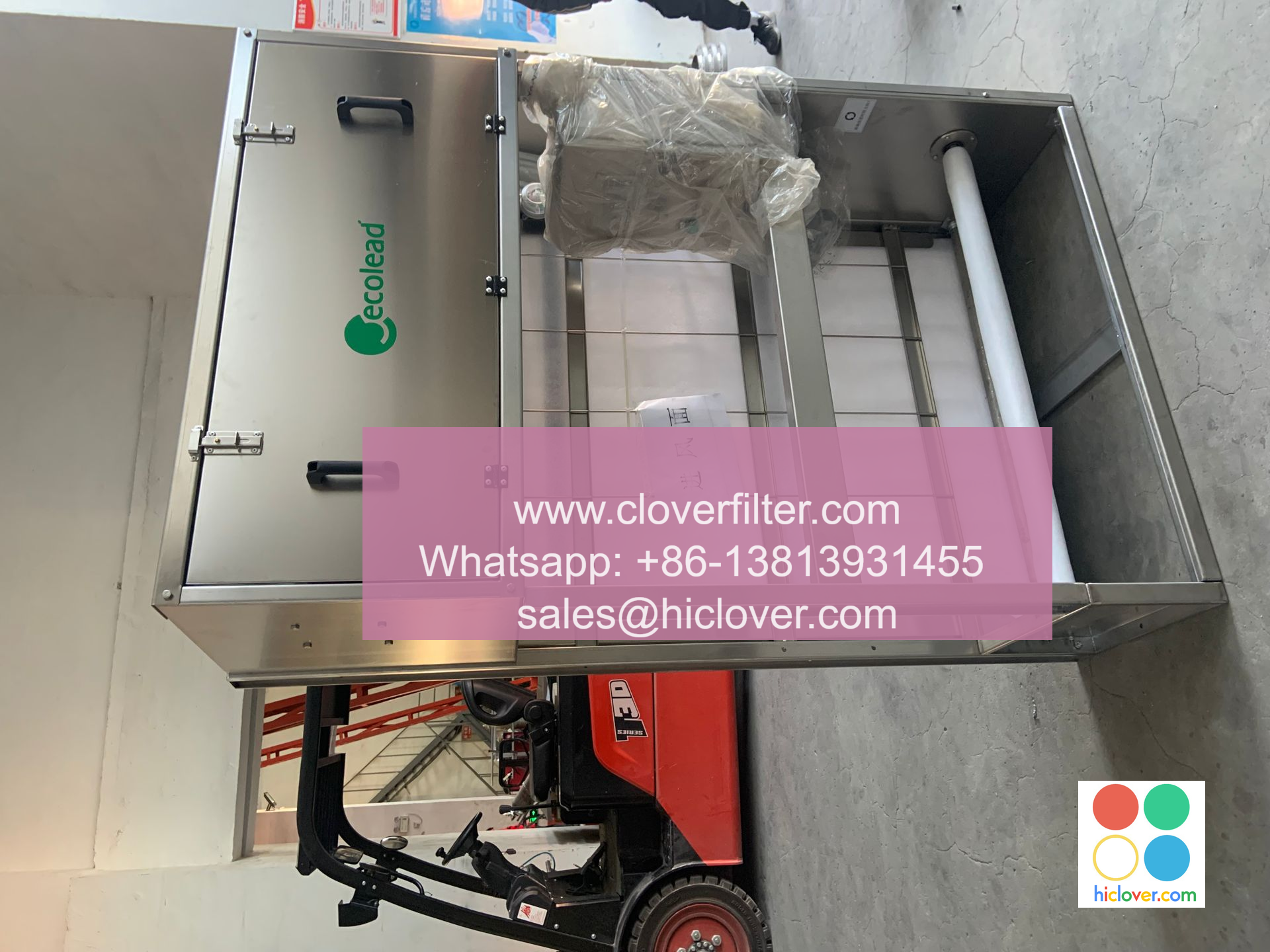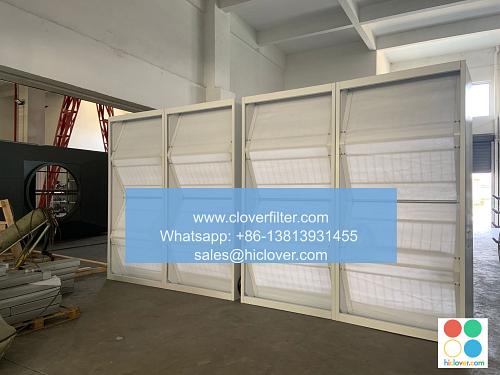The Pros and Cons of Activated Carbon Air Purifiers for Industrial Use

Activated carbon air purifiers have become a popular solution for industrial settings, offering a wide range of benefits for improving indoor air quality. These systems utilize activated carbon, a highly porous material, to capture and remove airborne contaminants, including volatile organic compounds (VOCs), gases, and odors. In this article, we will delve into the pros and cons of using activated carbon air purifiers for industrial applications, highlighting various application areas and key considerations.
Pros of Activated Carbon Air Purifiers for Industrial Use
The advantages of activated carbon air purifiers in industrial settings are numerous. Some of the key benefits include:
– Effective Odor Control: Activated carbon is highly effective at capturing and eliminating odors, making it an ideal solution for industries that involve strong-smelling chemicals or processes.
– Improved Indoor Air Quality (IAQ): By removing VOCs, gases, and other airborne contaminants, activated carbon air purifiers can significantly improve IAQ, creating a healthier and more comfortable working environment.
– Reduced Chemical Emissions: Activated carbon can capture and remove chemical emissions, reducing the risk of environmental pollution and ensuring compliance with regulatory standards.
– Low Maintenance: Activated carbon air purifiers are relatively low maintenance, as the filters can be replaced or reactivated as needed, reducing downtime and operational costs.
Cons of Activated Carbon Air Purifiers for Industrial Use
While activated carbon air purifiers offer many benefits, there are also some potential drawbacks to consider:
– High Initial Cost: The initial investment in an activated carbon air purification system can be significant, making it a barrier for some industries or businesses.
– Limited Lifespan: Activated carbon filters have a limited lifespan and may need to be replaced or reactivated regularly, which can add to the overall cost of the system.
– Ineffective Against Particulate Matter: Activated carbon is not effective at capturing particulate matter, such as dust, pollen, or other solid particles, which may require additional filtration systems.
– Regeneration Requirements: Some activated carbon filters may require regeneration, which can be a time-consuming and costly process.
Application Areas for Activated Carbon Air Purifiers
Activated carbon air purifiers can be used in a variety of industrial applications, including:
– Chemical Processing: Activated carbon is highly effective at capturing and removing chemical emissions, making it an ideal solution for chemical processing industries.
– Pharmaceutical Manufacturing: Activated carbon air purifiers can help to improve IAQ and reduce the risk of contamination in pharmaceutical manufacturing facilities.
– Food Processing: Activated carbon can capture and eliminate odors and VOCs in food processing industries, improving IAQ and reducing the risk of contamination.
– Wastewater Treatment: Activated carbon can be used to remove VOCs and other contaminants from wastewater, improving the overall efficiency and effectiveness of wastewater treatment systems.
Conclusion
Activated carbon air purifiers offer a range of benefits for industrial applications, including effective odor control, improved IAQ, and reduced chemical emissions. While there are some potential drawbacks to consider, such as high initial cost and limited lifespan, the advantages of activated carbon air purifiers make them a popular solution for industries that require high-quality air purification. By understanding the pros and cons of activated carbon air purifiers and highlighting various application areas, industries can make informed decisions about the use of these systems and improve the overall health, safety, and efficiency of their operations. It seems like you haven’t provided a prompt or question for me to respond to. Could you please provide more context or ask a specific question so I can assist you better?

